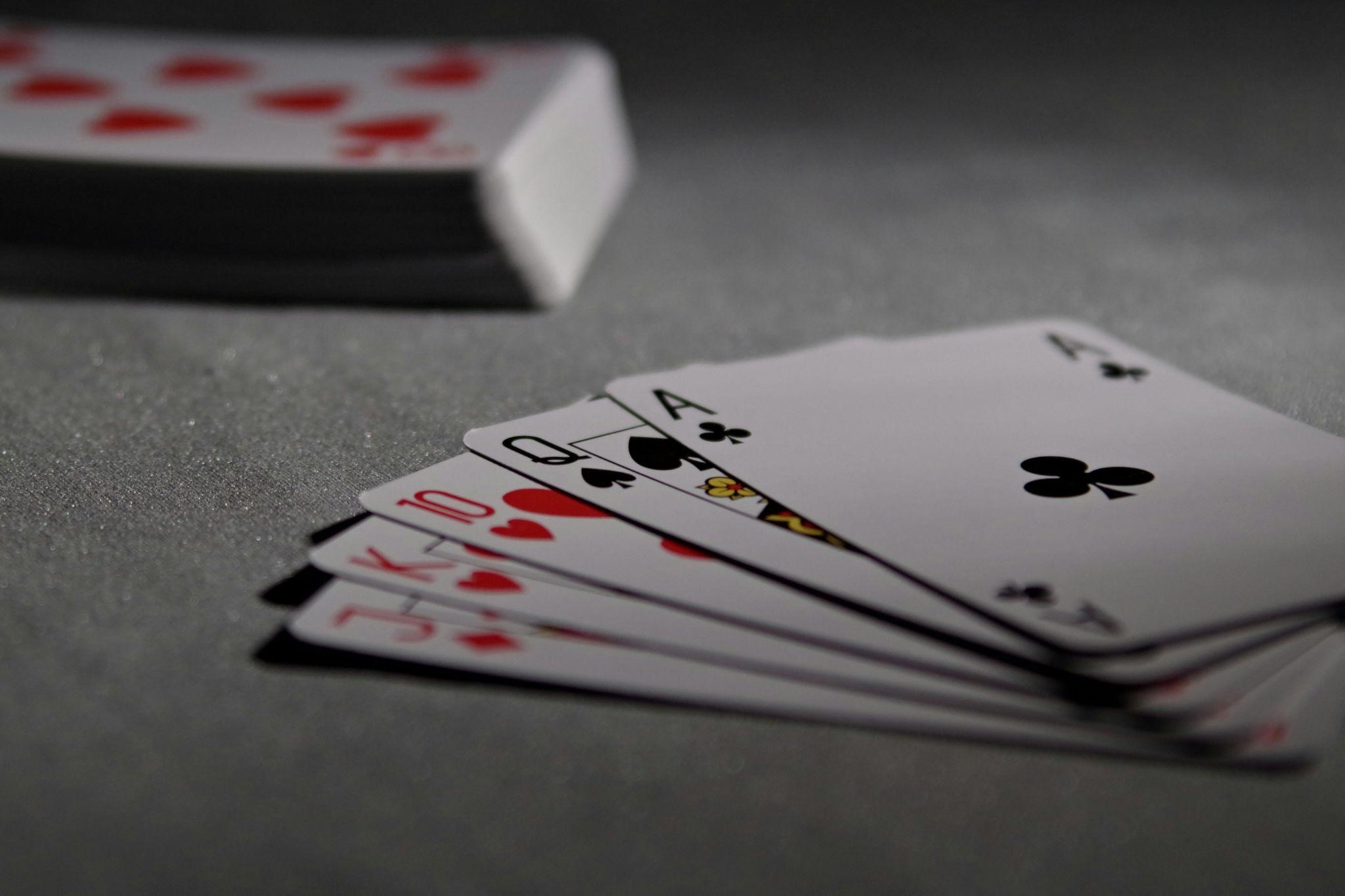The Best Starting Hands for Multi-Way Pots in Online Poker
Trying multi-way pots can feel like stepping into a minefield if you're only used to heads-up pots. Suddenly, your top pair doesn’t look strong, and the speculative hands you chase flops with can become costly mistakes. There is an unspoken rule that every professional poker player knows. The more players in the pot, the stronger your starting hand must be. That’s why knowing which hands hold up in multi-way scenarios is essential. In this guide, you’ll learn which hands perform best, why they work, and which ones you should avoid.
Why Multi-Way Pots Change the Game
Multi-way pots change the dynamic because your chance of winning decreases when more people see the flop. This is called equity in poker. A hand that’s a 60% favorite heads-up might only be 30% with two more opponents. Worse, weaker hands rarely realize that equity since they’re often forced to fold before the showdown.
You also have to factor in position and stack depth. Acting last gives you control, while deeper stacks make speculative hands more valuable. All of these elements should be considered and point to the same conclusion. In multi-way pots, you want hands that can make the nuts. Those are the hands that win big pots.
Best Starting Hands for Multi-Way Pots
Here are the groups of hands you may play when several players see the flop.
1. Big Pocket Pairs (AA–JJ)
These are still your strongest money-makers. Pocket aces are strong whether it’s two players or four. But there’s an adjustment. Don’t rely on one-pair hands on scary boards. Yes, AA is the best preflop hand, but if four players see a flop of 9♣ 8♣ 7♦, there will be straight and flush draws everywhere. In spots like this, don’t fall into the trap of thinking your hand can’t be beaten.
2. Big Suited Broadway Hands (AKs, AQs)
These hands give you two ways to win. First, they dominate other top-pair hands, which is critical when pots go multi-way. Second, they make nut flushes and potent combo draws. With these hands, you either flop big or draw to something substantial, precisely what you want in multi-way pots.
3. Nut-Flush Suited Aces (A5s–A2s and Up)
These are great “in position” calls when stacks are deep. Why? Because when you hit your flush, you’re holding the nuts. No one can out-flush you. The smaller suited aces also allow you to make straights with a “wheel” (A-2-3-4-5). These can be great money-makers because many opponents will pay you off with weaker flushes or straights.
4. Strong Suited Broadways (KQs, QJs, JTs)
When these hands connect with the board, they hit hard. They make straights, flushes, and top pairs that dominate worse kickers. Be cautious if you’re out of position, because a weak top pair won’t win often in a crowded pot. But when you’re in position, these hands can win you some very nice pots.
5. High Suited Connectors (T9s, 98s, 87s)
These are the fun hands most players love, and when you stick to the higher ones, they can be very profitable. A hand like 98 suited can flop straights, two pairs, and strong draws. Low connectors like 54 suited make weaker straights and can get you into trouble. Stick with the higher versions, especially when you’re on the button with position.
6. Small and Mid Pocket Pairs (22–TT)
These hands are all about set mining. You’re not playing 66 to win with one pair. You’re calling preflop because when you flop a set, you can stack an opponent who refuses to fold their overpair or top pair. This math only works with deep stacks and reasonable raise sizes. If everyone only has a short stack, you won’t often get the right reward enough to justify calling preflop. So play these hands when you and your opponents have plenty of chips.
Hands You Should Downgrade
It’s just as important to know what to fold:
● Weak offsuit aces (AJo, ATo, A9o): These hands look good but get crushed multi-way. Flopping top pair with a bad kicker is a recipe for losing stacks.
● Offsuit broadways (KJo, QTo, J9o): Same story. They rarely make the nuts and are often dominated.
● Low-suited connectors (54s, 65s): These may be costly when shallow or out of position. You’ll chase more often than you’ll hit.
● Marginal top pairs: In multi-way pots, players tend to show up with stronger hands. Don’t get stuck with weak pairs because you “have something.”
How to Approach Your Next Session
These days, most players are logging into online sites rather than sitting down at a live table. It’s fast, convenient, and gives you more hands in a single night than you’d play in an entire week live. If you’re playing on regulated platforms like BetMGM Poker, you’ll notice that multi-way pots are everywhere at the micros and lower stakes.
Here’s why. Players call too wide at those limits because they just want to see a flop. They’ll enter with weak aces, chase with suited junk, and generally play hands that don’t hold up when multiple players are involved. Add in the rake, which eats away at small pots, and you can see why playing “pretty” but weak hands will sink your bankroll fast.
So, be patient. Tighten up your preflop range, focus on hands that can make the nuts, and don’t waste chips on marginal spots.
Play Hands That Can Win Big
The best starting hands for multi-way pots are the ones that either start way ahead or have the potential to make the nuts. The biggest trap is overvaluing weak top pairs and offsuit aces. Don’t fall for it. In multi-way pots, someone usually has a hand that can beat you. Focus on the best starting hands, stay disciplined, and let your opponents make the costly mistakes.

